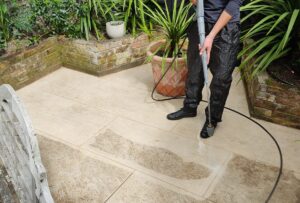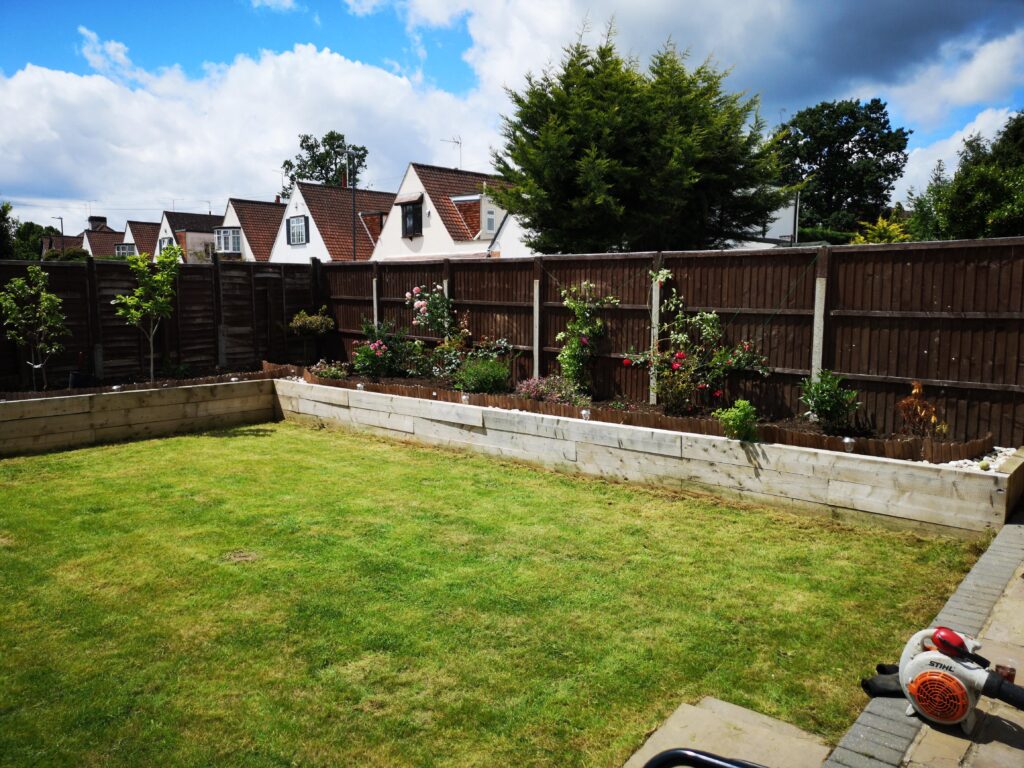
7 Ways You Can Take Care of Your Garden
- By professionalgardening
professional gardening2016@gmail.com
+44 7492 657585
Priory Gardens, UK

Maintaining a gorgeous green space to relax and unwind on your property is easier than it might look. All you need to know is how to properly take care of your garden and where to put your consistent gardening efforts.
Learn more about the topic in this article.
Whether you are new to gardening or you have years of experience taking care of a lush backyard area, certain garden duties should not be neglected. Some of the essential gardening tasks to enjoy a wonderful home garden include watering, soil care, weed removal, raised bed gardening, lawn mowing, and pest and animal control.
Watering your plants and your lawn frequently can do marvels for your garden. But in order to avoid overwatering, there are a few things you need to understand and consider when coming up with a watering schedule. Take into account the individual watering needs of your plants, the development stage of your greens, the weather conditions, and the season.
Each plant has its own preference on how often and how much it should be watered to grow the healthiest. Also, remember that greens have different needs depending on the stage they are in – young plants often require more frequent watering than mature plants.
In addition, pay attention to the local weather changes. If it’s time for watering but it poured the previous day, you might overwhelm your plants if you proceed with manual watering, too. Plants tend to require more water during summer and hotter months, and less during winter.
Make sure the soil meets the needs of the plants in your garden in terms of acidity, water drainage, nutrients, etc. Occasionally you might need to make amendments to the soil to provide the best growing environment.
For instance, most greens and edibles thrive in nutrient-rich soil, so adding manure or compost might help. And for some flowers and veggies, you might have to add a mulch layer to protect them from weeds and pests and retain the soil qualities.
Weeds are the arch-enemy of healthy gardens. They starve plants, affect their development, and spread extremely fast. And even though there are many weed-control techniques, there is no method that is 100% effective against the growth of invasive plants.
Having that in mind, sooner or later, you would need to manually remove weeds from your garden. Better be sooner! So keep a close eye on your garden and pull out young weeds immediately when you see them.
Planting in raised beds is a great way to save yourself some extra trouble with weed growth and pest infestations. It allows you to create a separate growing environment for your edibles and special needs plants, as you have full control over the soil quality, the nutrition, the drainage, and the placement of your raised beds.
Mowing your lawn ensures your garden looks presentable and your property – is neat. It also helps your grass stay fresh and lush, and grow healthily. You can mow your lawn once a week in summer and cut ⅓ of the grass length. In the colder months, feel free to trim the grass whenever it needs cutting.
There are various kinds of pests like insects and wild animals that can ruin your garden in many ways. But they all have one thing in common – they severely consume, infect, and damage your garden plants to the point they might kill off your greens. That’s why you need to stay wary of infestations and react quickly if you notice any pest presence indicators like gnaw marks, foliage holes, greasy tracks, abnormal insect presence, nests, or bad odors.
Last but not least, one of the best ways to take care of your garden is to protect it from animals. Wild animals (and pets) can often dig up around your greens, eat your fruits, feed on the roots, or destroy your greens. To ensure none of that happens to your outdoor greenery you can install fences, covers, or plant barrier plants.

Meet Nikolay, a talented blog and content writer with years of experience creating engaging and informative content for a variety of industries.


TO CELEBRATE OUR NEW WEBSITE WE WANT TO GIVE YOU
